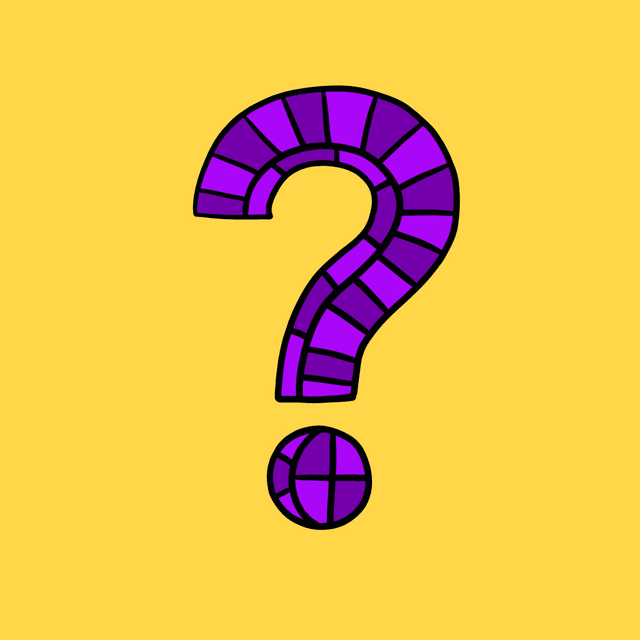Sections
Latest
Master the German 'Präsens' with this beginner-friendly guide. Learn how it's formed, used, and master expressing current actions, habits, and future plans in German.





The German present tense, or Präsens, is your go-to for talking about
current actions, habits, and even future plans. It's like the simple present
tense in English but used even more flexibly. Grasping the Präsens is
essential for everyday communication in German.
The German present tense, or Präsens, is like a Swiss Army knife in your language toolbox. It's simple, versatile,
and used a lot! Let's explore how to form it and use it to talk about now, habits, and even the future.
Präsens?The Präsens is the German equivalent of the English simple present tense. It's used to describe current actions,
regular habits, and future plans.
PräsensForming the Präsens is straightforward. You start with the verb's stem and add endings that match the subject (the
person or thing doing the action).
| Pronoun | Conjugation | Translation |
|---|---|---|
| ich | mache | I do |
| du | machst | You do (informal) |
| er / sie /es | macht | He / She / It does |
| wir | machen | We do |
| ihr | macht | You do |
| sie | machen | They do |
| Sie | machen | You do (formal) |
Some verbs are a bit special and change their stem in the second and third person singular. For example, "haben"
(to have) becomes "du hast" and "er hat".
PräsensUse the Präsens to talk about what's happening right now.
It's also perfect for your daily routines or habits.
Surprisingly, you can use the Präsens for future events, especially with time phrases like "morgen" (tomorrow).
The German present tense is your go-to for most daily conversations. It's your first step into expressing yourself in German, covering your current actions, habits, and even plans. Keep practicing, and you'll master it in no time!